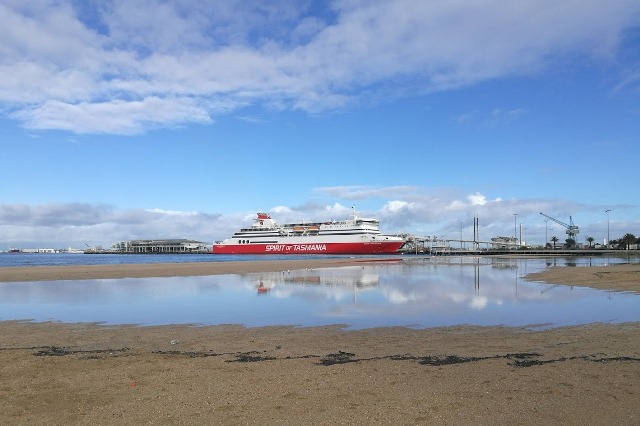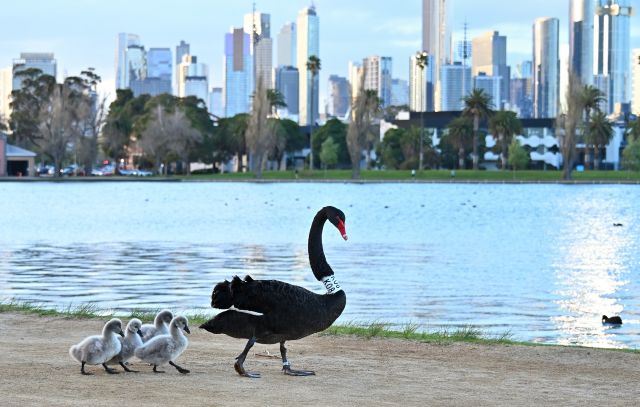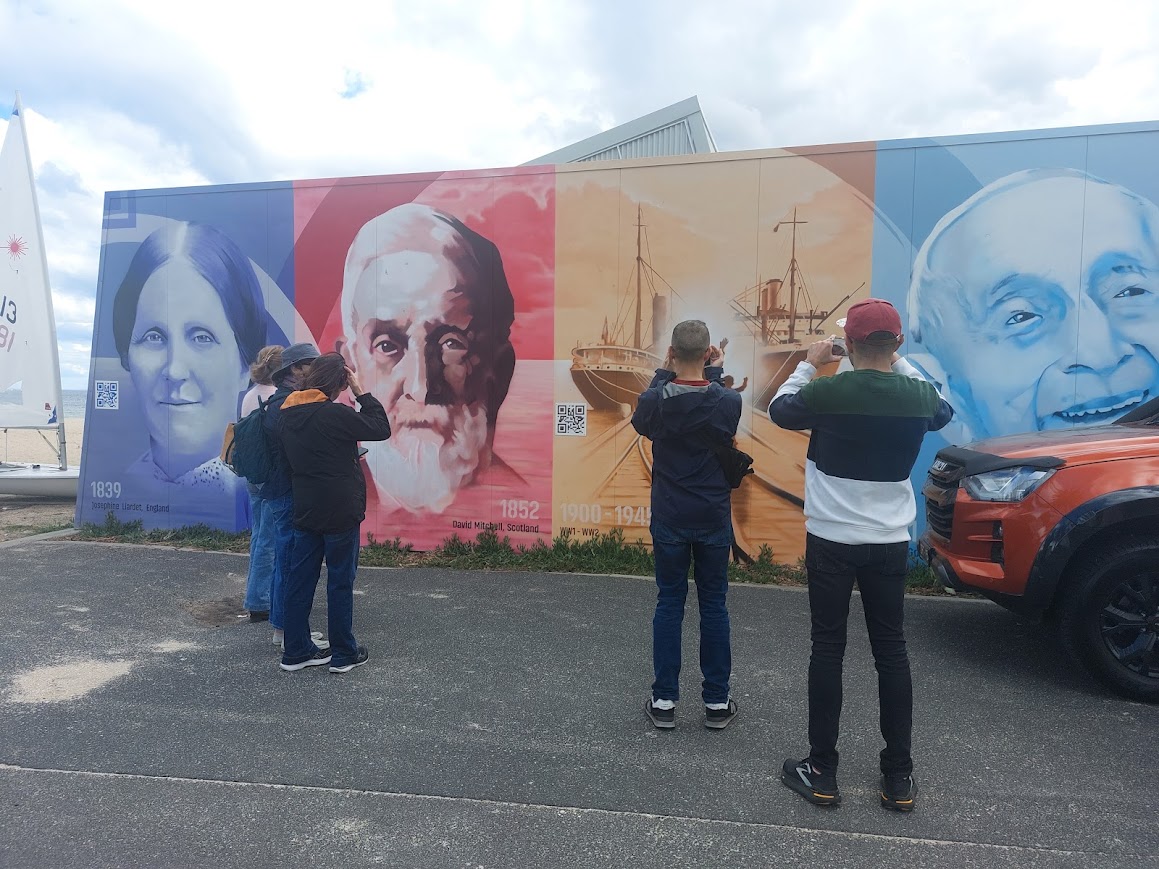
April observations
I read about dolphins returning to the Covid quiet canals of Venice. Before learning that was fake news I headed off to the Yarra with keen anticipation of seeing dolphins in the River at South Wharf.

I didn’t. But a friend saw a Nankeen night heron at the very tip of Collins Wharf near the Bolte Bridge. This last remaining undeveloped part of Docklands is usually quiet so was this sighting unusual or was it not? All the same, it was a reminder of the natural wonders hidden in plain sight.
Rather than dolphins, there were seagulls screeching and swooping in random assemblages. Their calls seemed well suited to the decay of Shed No 5 on North Wharf with its roof off and the graffiti growing day by day and the absence of people. Occasionally, cormorants fly low over the River.
But something else commanded my attention. The Yarra is famously brown but that brown comes in many shades and nuances. On 6 April, even to this undiscriminating eye, the Yarra was an unusual shade and thickness.

It was carrying run off from the catchment following heavy rain in the preceding days: 23.0mm on Thursday 2nd, 15.8mm on Friday 3rd and 35.2mm on Saturday 4th. I learn from a knowledgeable Yarra observer that the colour could be attributed to sodic soils from the Merri catchment. The definition of sodic is technical and I refer you to the resources at the end of this post.
By 6 April, the plume of sediment borne down the River from the Yarra catchment was clearly visible in the estuary of Port Phillip Bay from the Webb Dock Observation Point.
On Wednesday 8th April, a super moon rose over Port as Passover began and in the lead up to Easter.
Very strong and gusty on shore winds and a high tide on Easter Saturday, 11th April, led to wild conditions on the Port Melbourne foreshore. (Wind gusts of 94km were recorded at Royal Melbourne Yacht Squadron at 12.22pm.) An ephemeral wetland was created where the outflow of the Princes St drain and the incoming tide merged.

P has a ‘bird’s eye’ view of the beach between the Port Melbourne Yacht Club and the TT Lines car park from his balcony. Like a captain on the bridge of a ship, he scans the beach for birds. More time at home has allowed closer observation. He’s getting to know the regulars as well as the visitors – the urban palm tree birds and the sea birds – posting his daily ‘birds from the balcony’ observations to bird loving friends.
Over several mornings, he has observed clouds of silver gulls and up to 50 cormorants. The cormorants may have been feeding on surface schooling fish – possibly anchovies, sardines or yellow mullet – which are highly abundant in the estuary when conditions are favourable.
For me this particular and unusual autumn will be associated with the pied currawong.

This morning there was a visitation of about 20 pied currawongs to our street swooping amongst the banksias and the elms, pausing briefly on the overhead cables before heading off again, calling their beautiful call.
https://drive.google.com/file/d/14wZXcI7Xa2PjfE3kSVZYX8v11N_xK4pj/view?usp=sharing
There is no agreed collective noun for pied currawongs, but these have been suggested: a carry on, a conversation, a cacophany, a catastrophe, a commotion. I learn that the call of the pied currawong varies in different parts of the country, with distinct regional variations. Is there just the smallest possibility that these birds have a Port Melbourne dialect?
What observations have you made during this period of isolation?
More
This post draws on contributions from David Thompson, Peter Parrington, Nick Aagren, Neil Blake and Scott Seymour
Natasha Daly Fake animal news abounds on social media as coronavirus upends life 20 March 2020 National Geographic
Wild Ambience Pied Currawong Song & calls
Victoria Resources Online Sodic Soils
2 Comments
-
-
JanetBolitho
Thanks Ramona it is what you work so hard every day to protect.
-




Ramona Headifen
Thanks for the nature news, Janet.